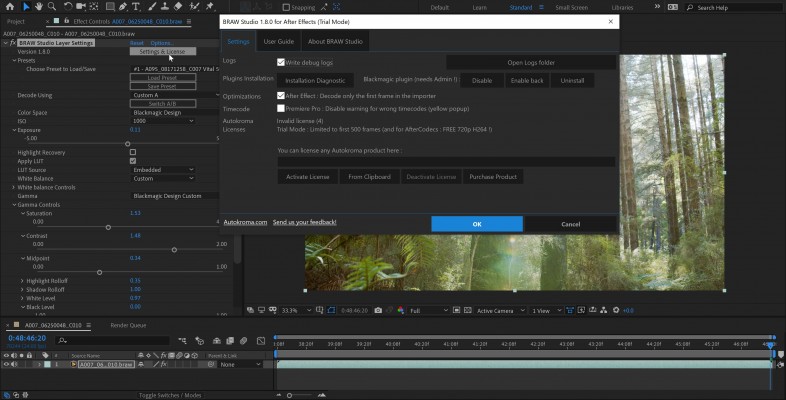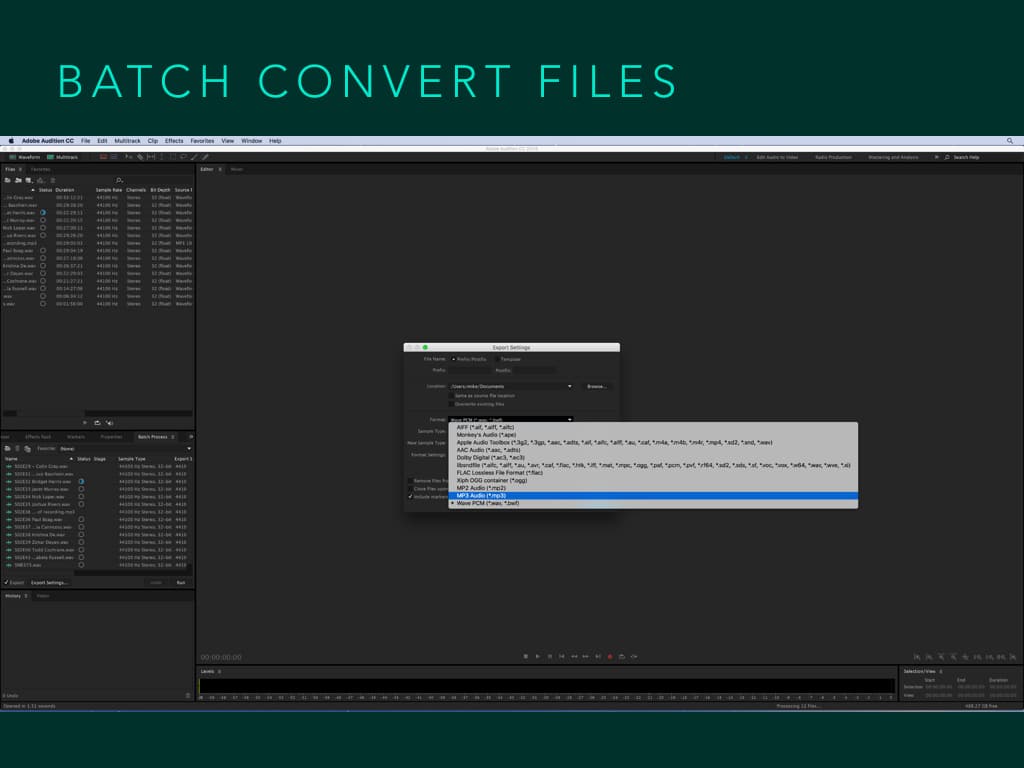

- #Adobe media encoder cc 2017 long time to open pro
- #Adobe media encoder cc 2017 long time to open series
cfa - These are audio conform files and are the biggest culprit in eating up hard drive space. prmdc2 - These cache files are created per project file, not per media file, and are a metadata cache for the project file. ims files continue to get created on your system volume. These files are also unique as they are system specific, which means that even if you change the location of the media cache to an external drive. ims - This is a cache of file properties so that Premiere doesn't have to re-scan each media file every time a project file is opened. They help prevent Premiere from creating redundant cache files when you import a file into multiple projects. mcdb - Found in the Media Cache folder, these crazily named, microscopic files are essentially links to every file you’ve ever imported into Premiere, regardless of a particular project. If you’ve ever wondered what all those bizarre extensions were all about, here’s a simple descriptor of each: Not huge, but, again, these were tiny projects. After working on just a couple of small projects, my Media Cache has eaten up 4 GB of drive space. Once at the Common folder, you’ll see a few important folders, depending on your version of Premiere: Media Cache, Media Cache Files, and Peak Files (CC 2017 and above). On Windows, chose to reveal hidden items and folders in Explorer’s settings to reveal the AppData folder. On the Mac, one easy way to access the typically hidden user Library folder is to go to the Go menu in Finder and hold down the Option key.

Windows: \Users\yourusername\AppData\Roaming\Adobe\Commonīoth paths might require trickery to access. Mac: /Users/yourusername/Library/Application Support/Adobe/Common The Preferences window lists the file path to these directories, but you might find them a bit challenging to navigate to yourself as they are typically stored within hidden folders. With the Browse button, you can change the directories to a custom location if you so wish (more on this later). The Media Cache Database is a separate directory maintaining a list and link to every file you’ve ever imported into Premiere. The Media Cache Files setting is for the directory storing the cache files (duh). But let’s not get ahead of ourselves…įirst, we see a reference to the Media Cache in Premiere’s Preferences under the Media tab.

And so sometimes, it’s beneficial to purge the thing and start over. The potential trouble here is, that after some time or a big project, the Media Cache can eat up hard drive space - sometimes a lot of it.
#Adobe media encoder cc 2017 long time to open pro
Every time you import a file into a Premiere Pro project, various types of media cache files are created (check out the list further down).
#Adobe media encoder cc 2017 long time to open series
**Updated: Read to the end for Media Cache updates in the Premiere Pro CC 2017.1 update! What is it?įirst off, what IS the Media Cache? Simply put, Premiere Pro’s Media Cache is a series of helper files that make sure your media and projects run and smoothly as possible. But the dirty secret is, there are probably files on your system right now, devouring precious hard drive space and you have no idea they’re there! ::cue dramatic music:: Welcome to Premiere’s Media Cache! Beyond the of thousands of media files, render files, autosaves, and backups, the last thing we want to think about is additional… anything.


 0 kommentar(er)
0 kommentar(er)
